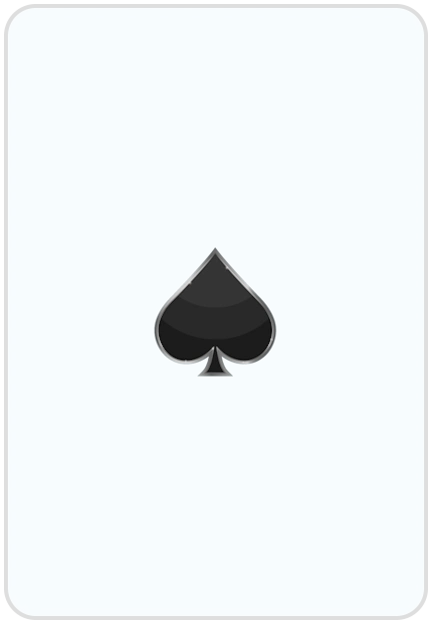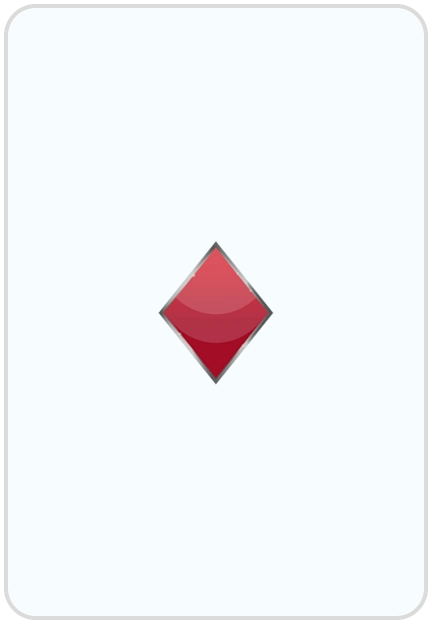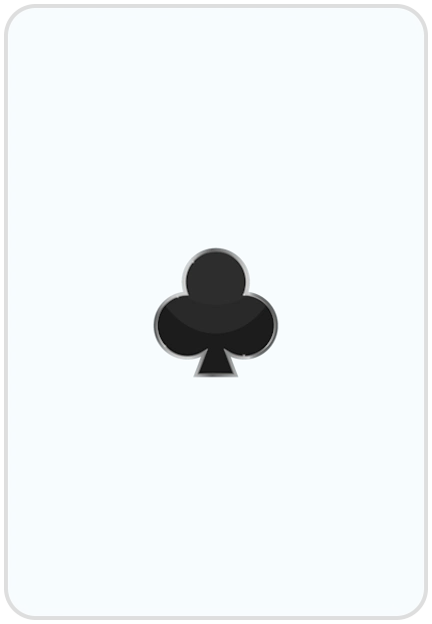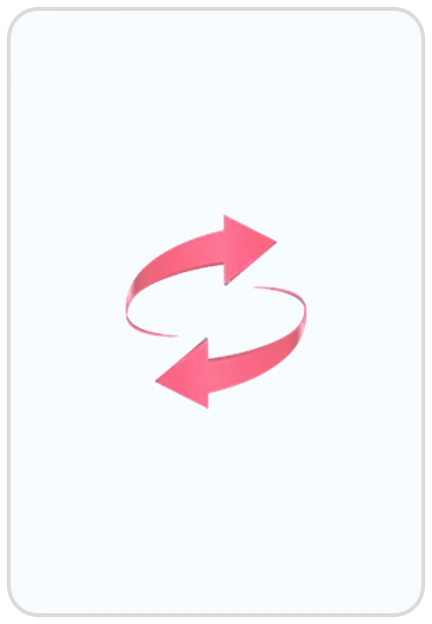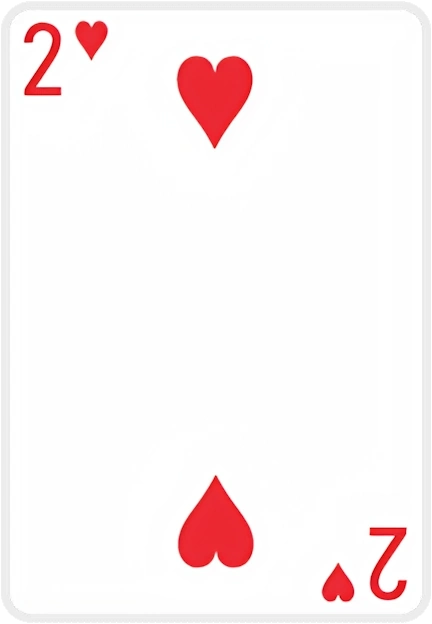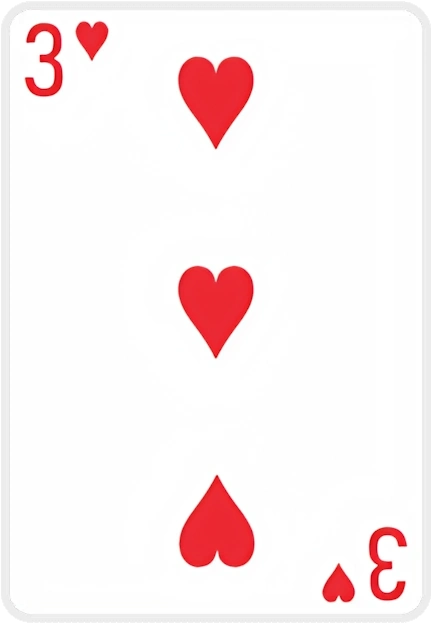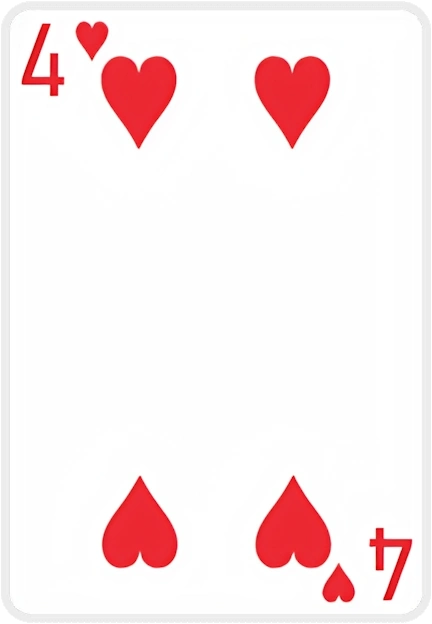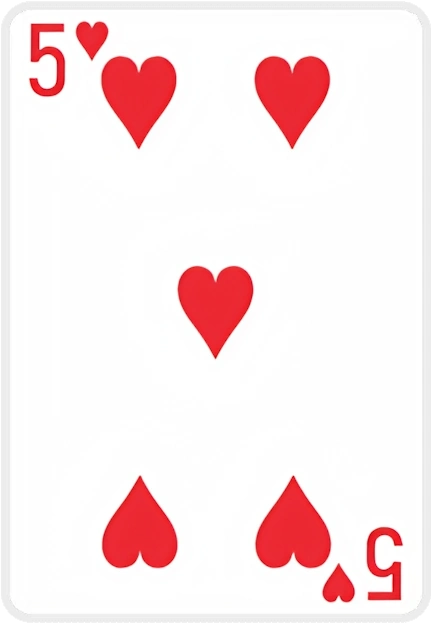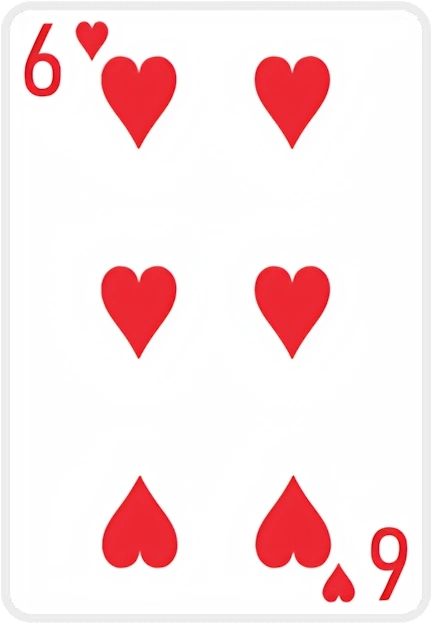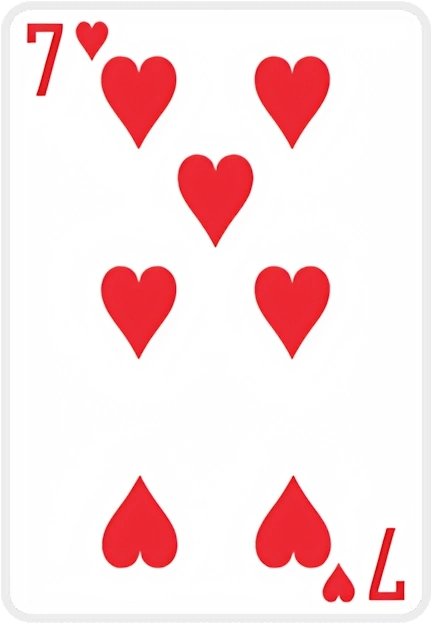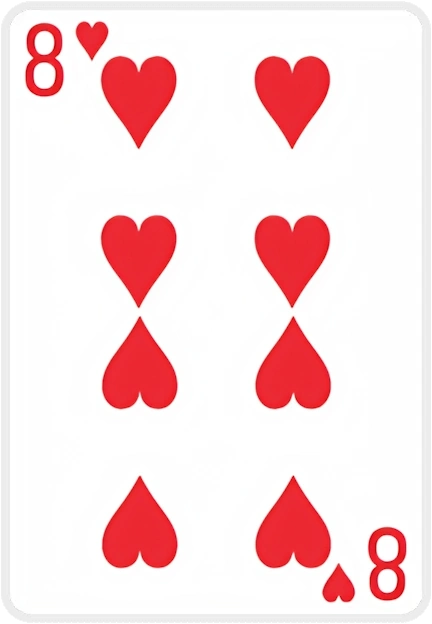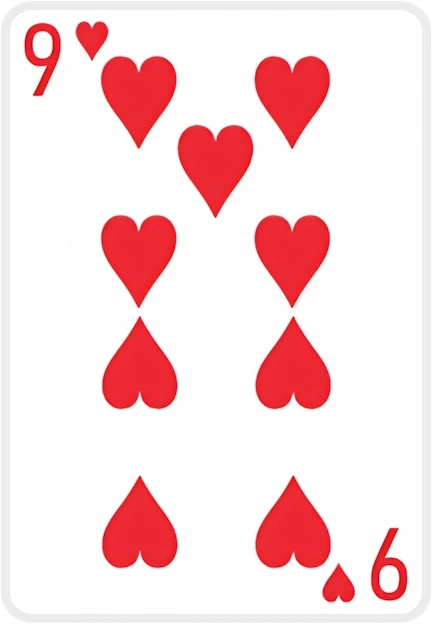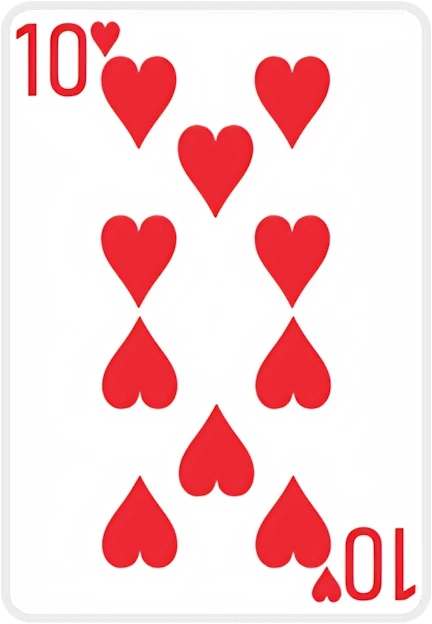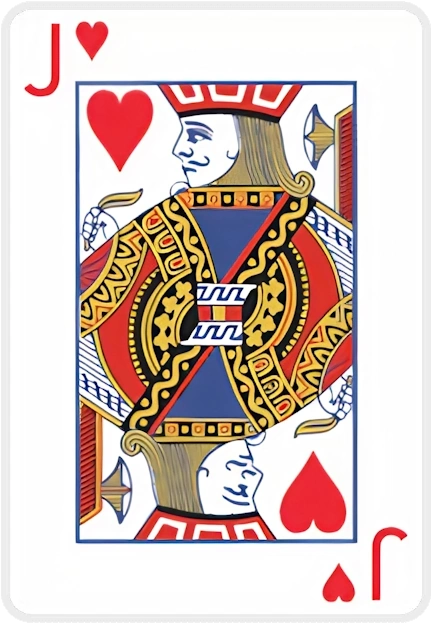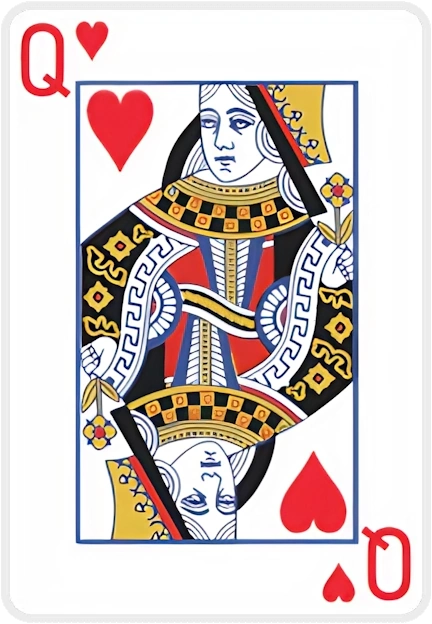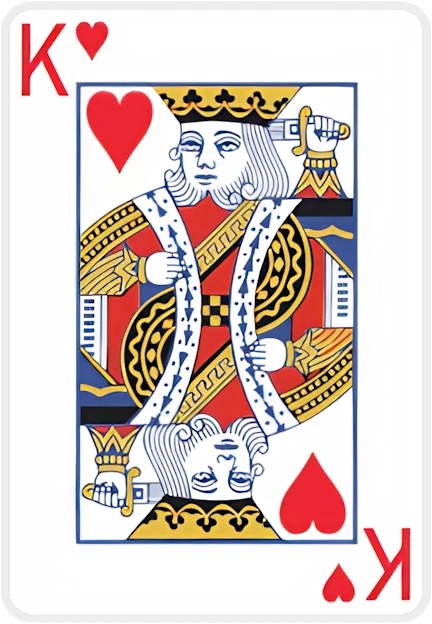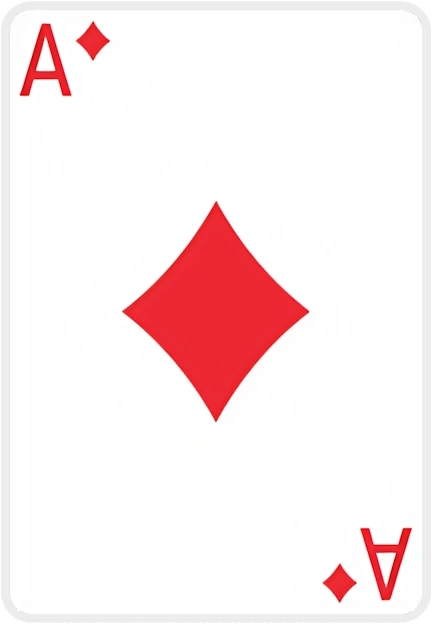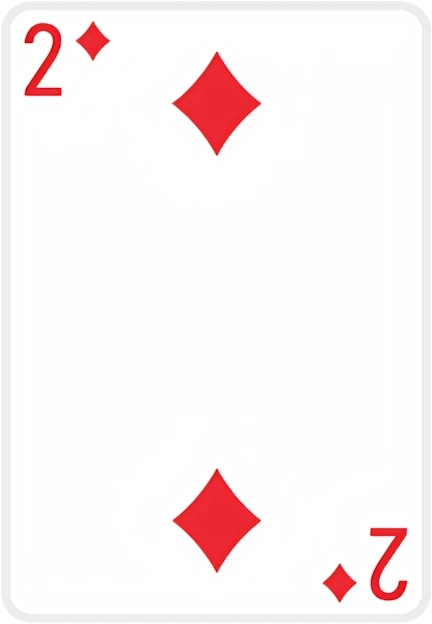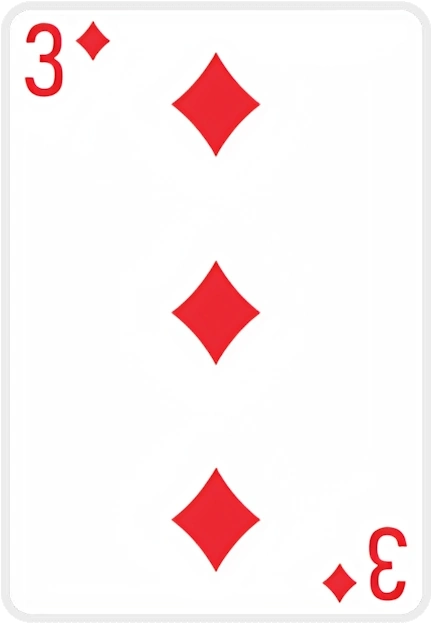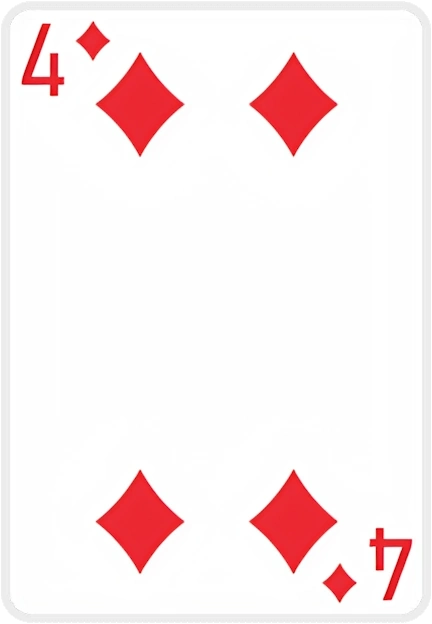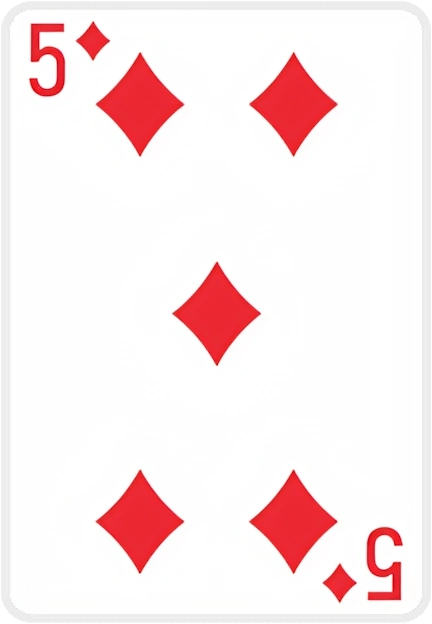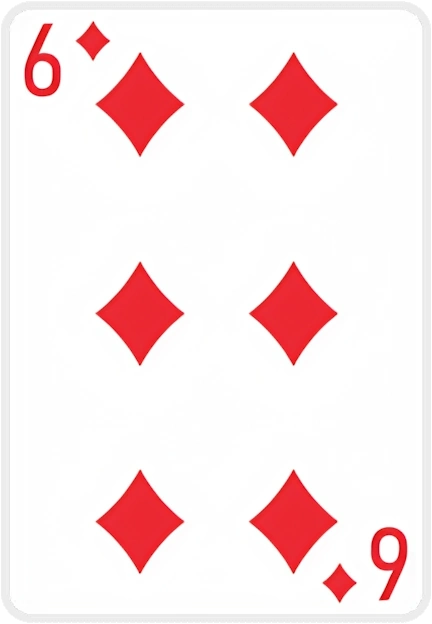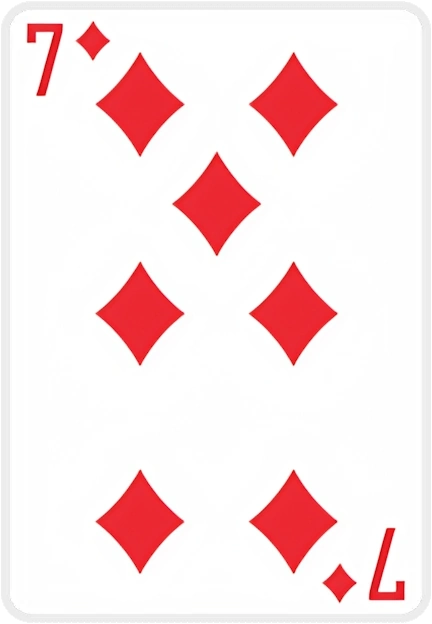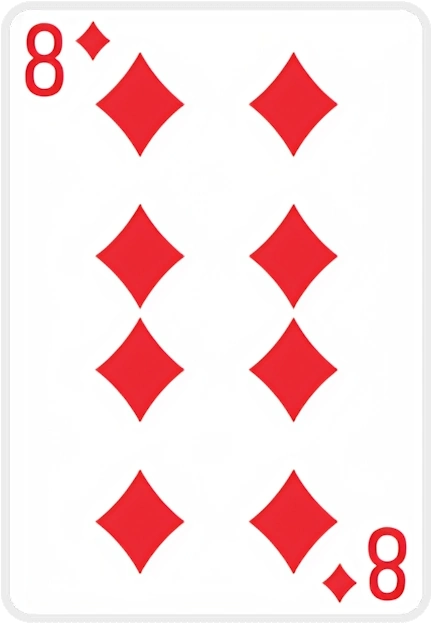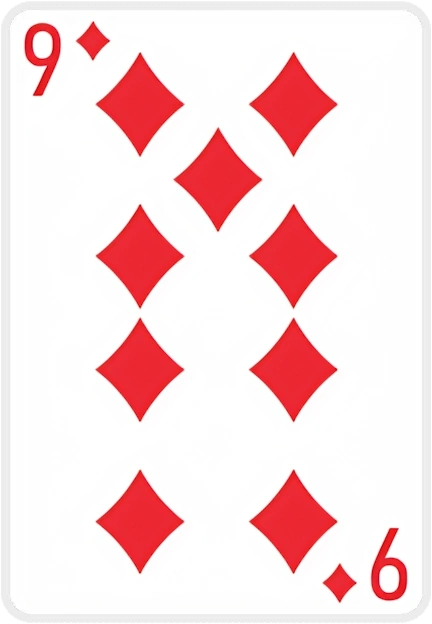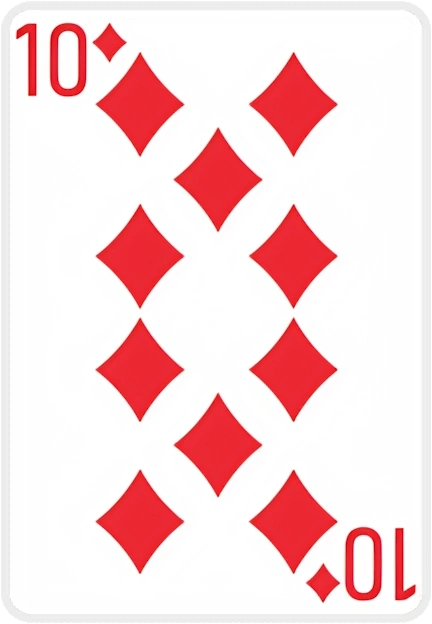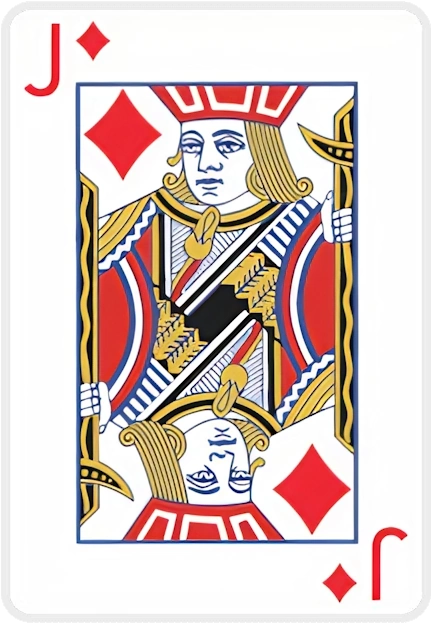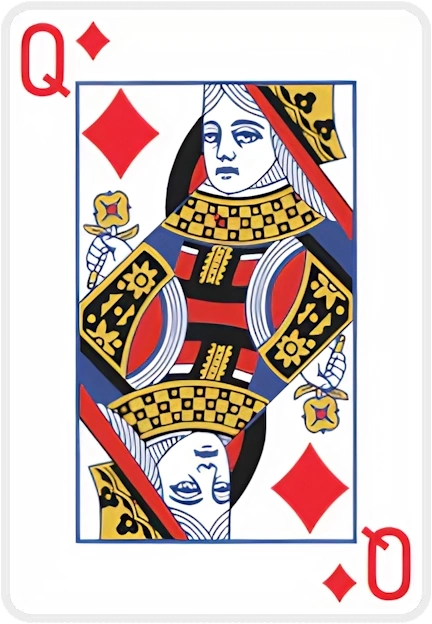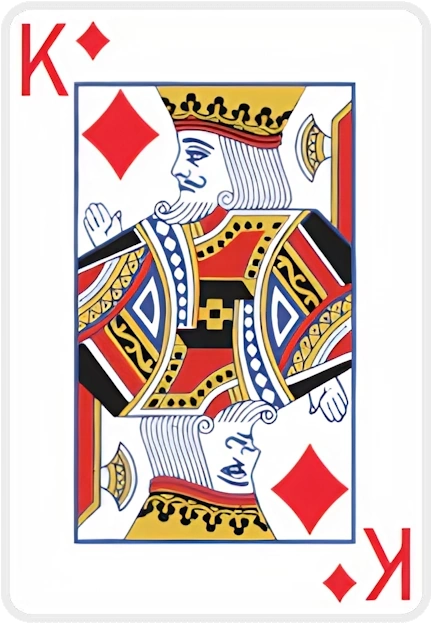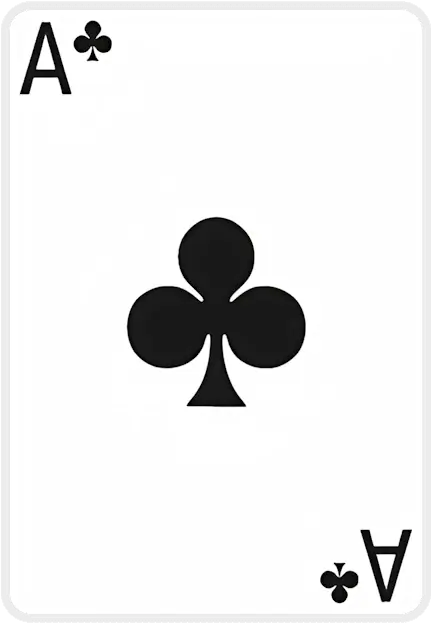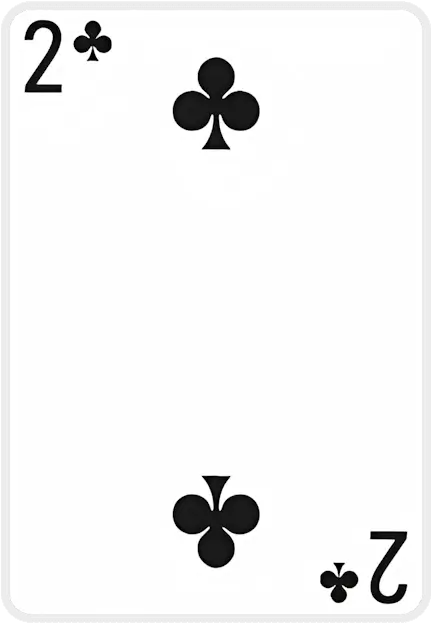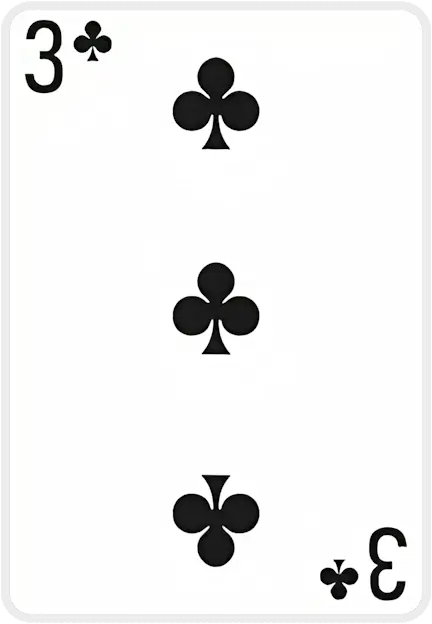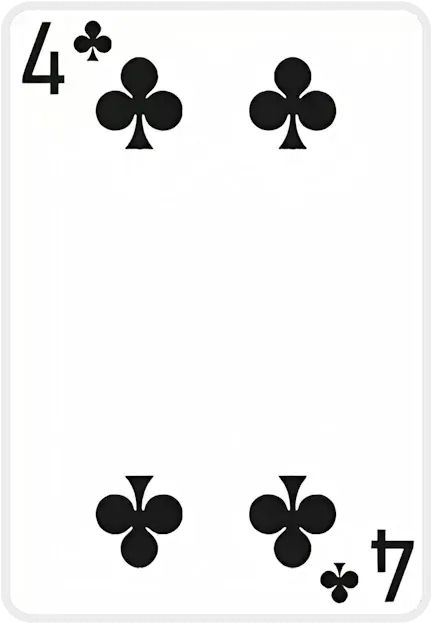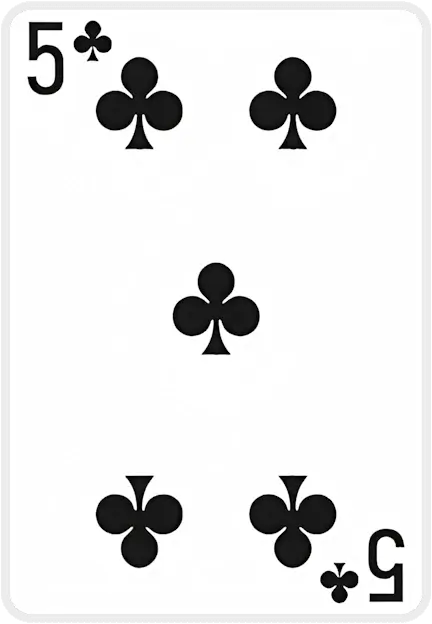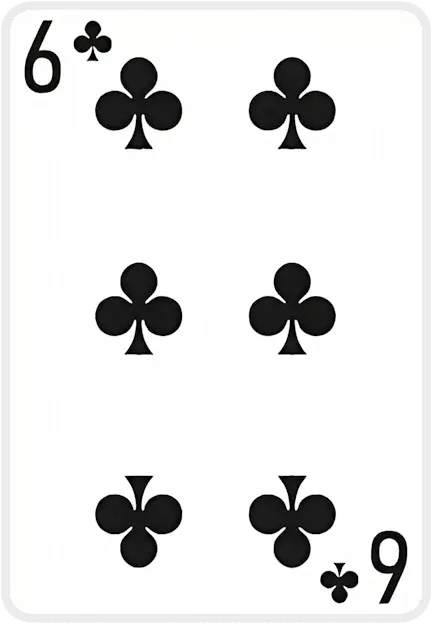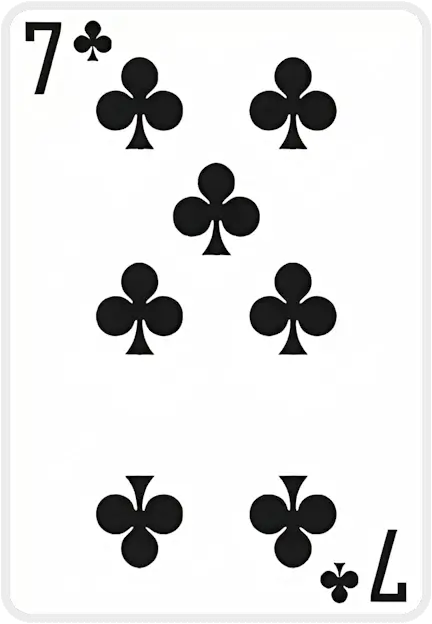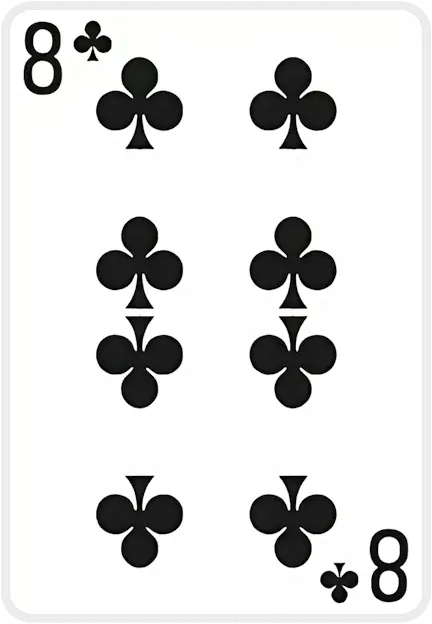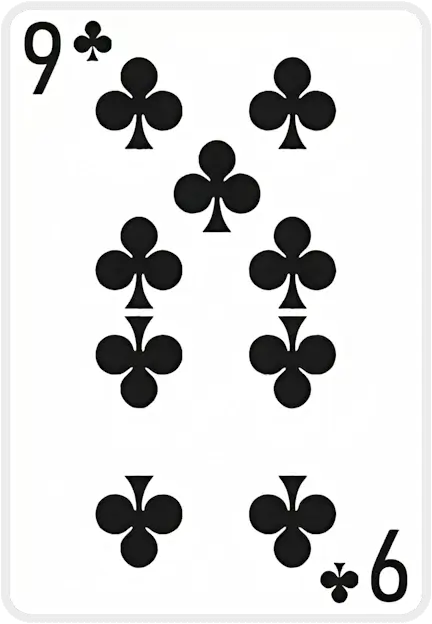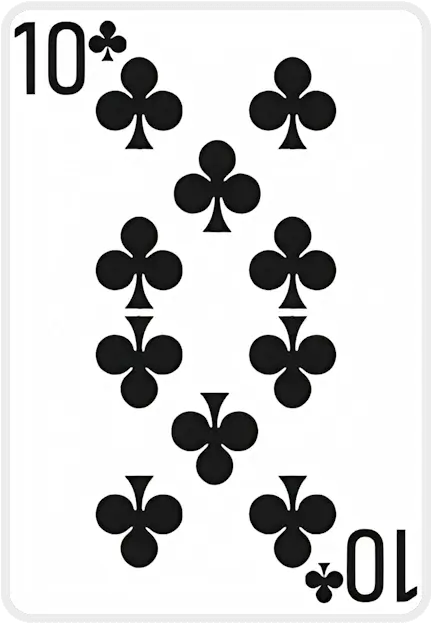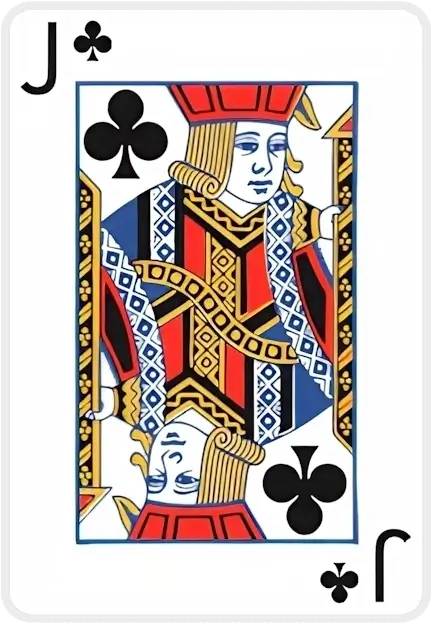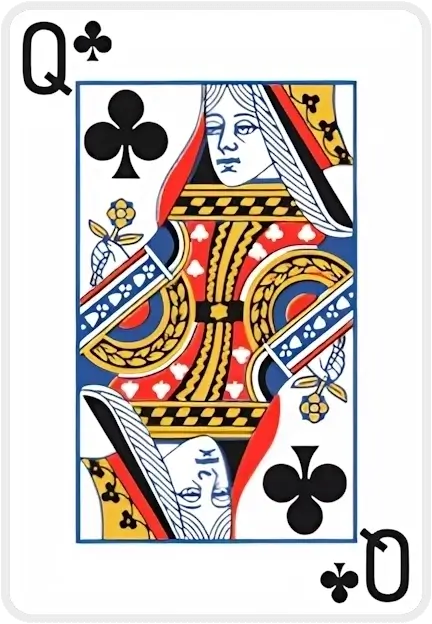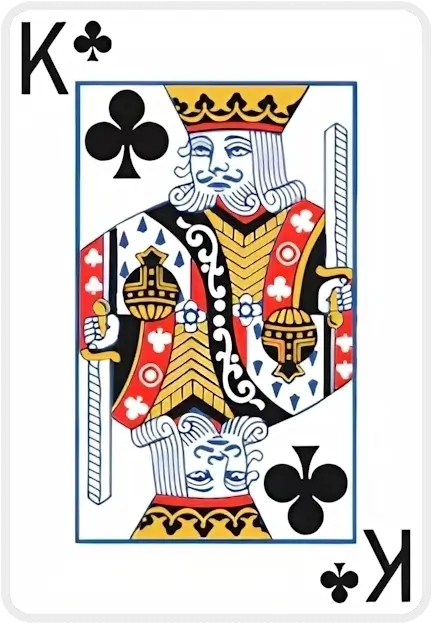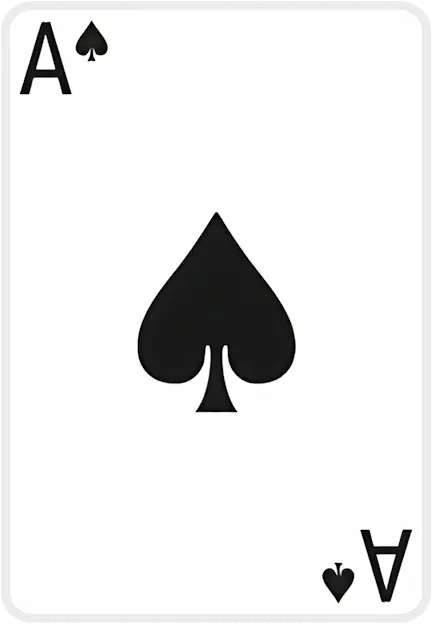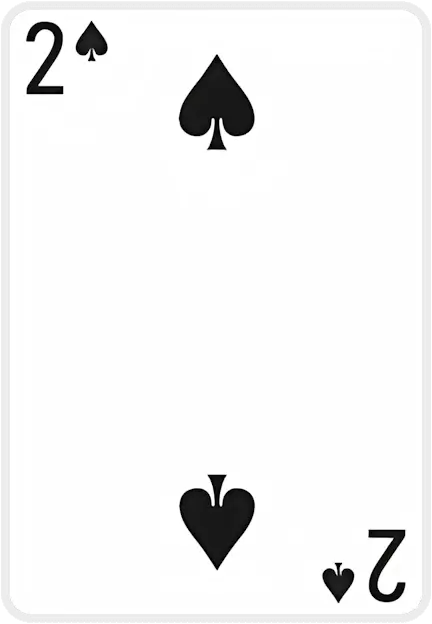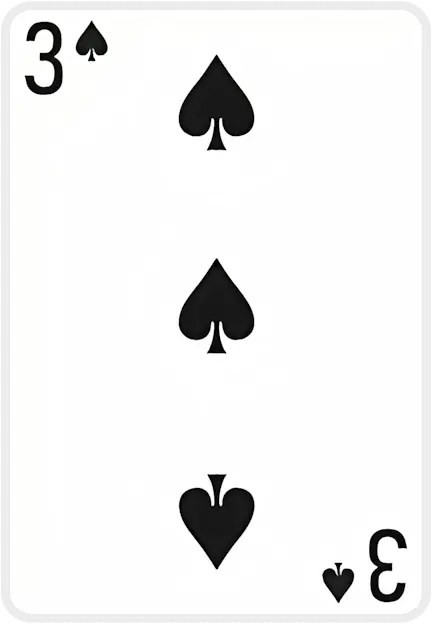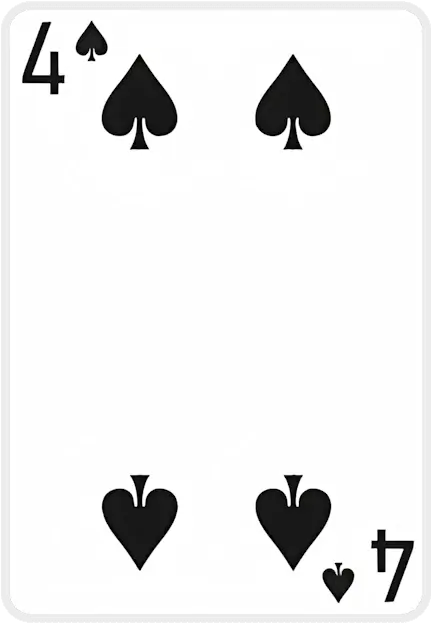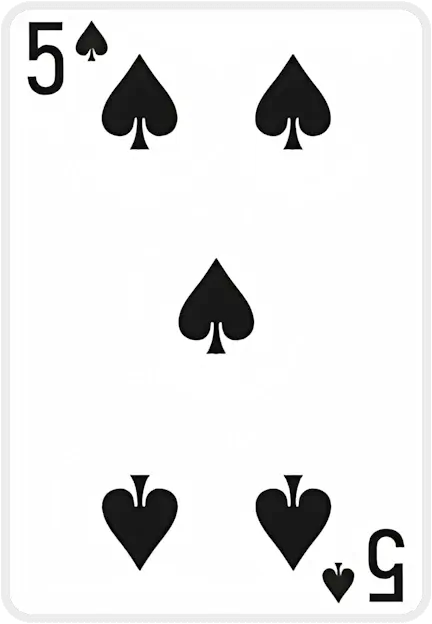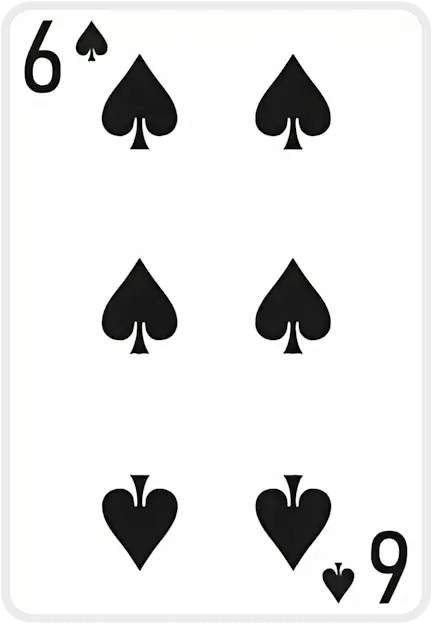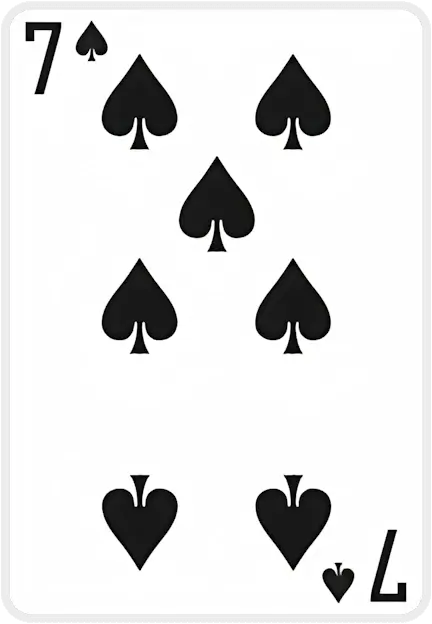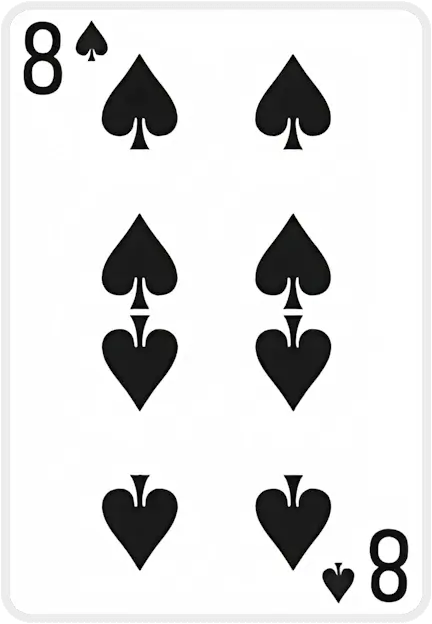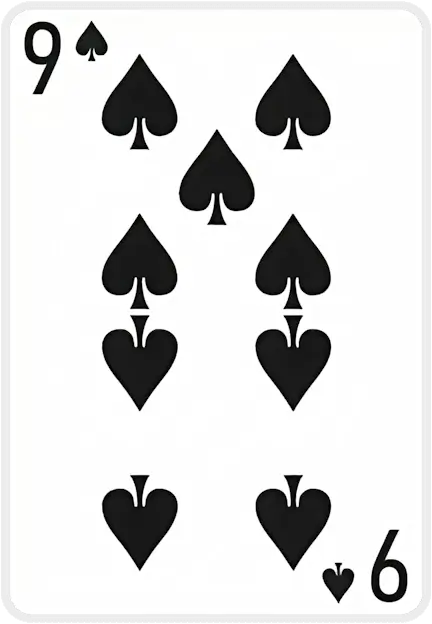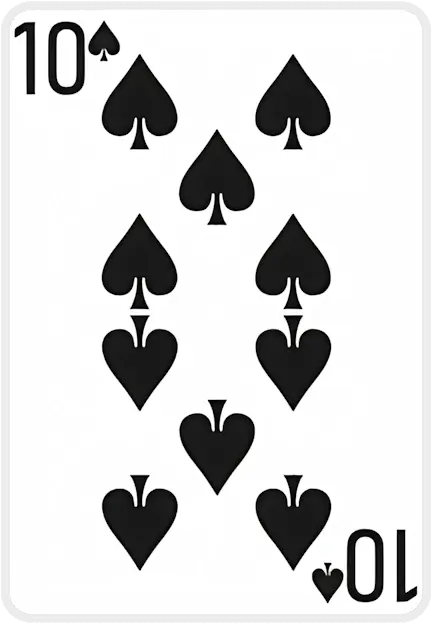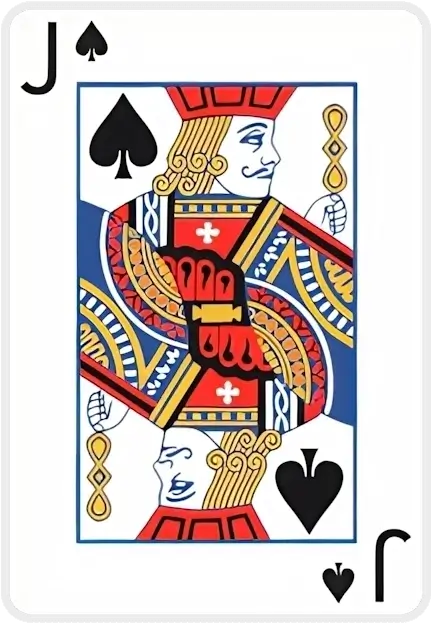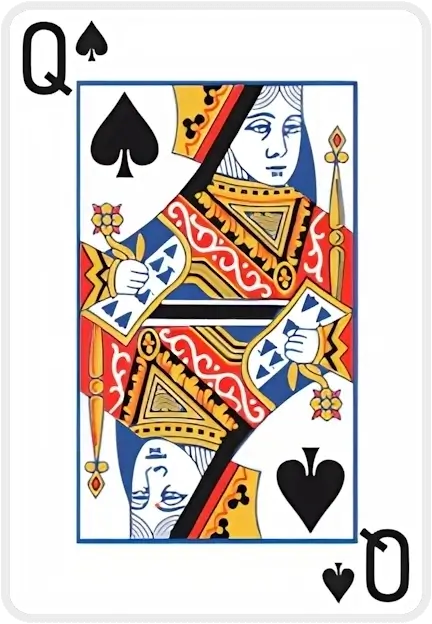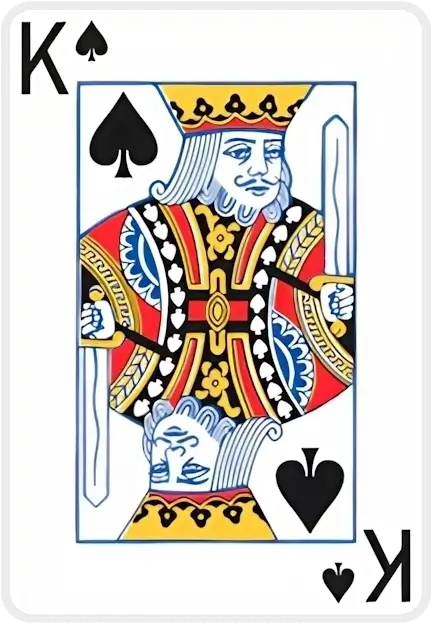No se puede soltar, tu carta debe ser de un color de palo opuesto
Cannot drop, your card needs to be one rank lower
Cannot move multiple cards to foundation
Card suit doesn't match foundation pile suit
Card can only be dropped on top of a card pile
Cannot deal cards when there are empty tableau piles
You can only move {0} card(s) at a time based on the current free cells and tableau
The cards don't add up to 13 and cannot be moved
The card is inaccessible and move cannot be performed
Cards must be in sequential order (one higher or lower)
Baker's

Baker’s Game Solitaire 🎉
Welcome, card game fans! Looking for a new solitaire challenge? Baker’s Game is a lively and fun card game that will keep you entertained for hours. It was invented by mathematician C. L. Baker and is very similar to FreeCell. The twist? In Baker’s Game you must build sequences by suit (e.g. place 7♥ on 8♥), not just by alternating colors. This makes Baker’s Game a bit tougher (and more exciting!) than classic FreeCell. Let’s dive into how to play and win this delightful puzzle!
How to Play Baker’s Game
Figure: Baker’s Game layout with 4 free cells (top left), 4 foundations (top right), and 8 tableau columns. All 52 cards are dealt face-up across the eight columns. Baker’s Game starts by dealing all 52 cards face-up into eight tableau columns: four columns have 7 cards and four have 6 cards. The top-left area has 4 empty "free cells" and the top-right has 4 empty foundation piles, ready to be filled. In the image above, you can see the four empty free cells and four empty foundation spots labeled. Each tableau column holds a stack of cards (here a total of 52). The rules below explain how you can move cards around to fill the foundation piles and win the game.
- Cards & Layout: Use one standard 52-card deck. Deal all cards face-up into eight tableau piles (4 piles of 7 cards and 4 piles of 6 cards). Leave the 4 free cells at the top left empty and the 4 foundation slots at the top right empty.
- Building on the Tableau: Build down by suit on the tableau. That means you can place a card only on another card of the same suit that is one rank higher (for example, 5♣ on 6♣). You cannot build by alternating colors here. Only one card at a time can be moved (though clever use of empty cells lets you reposition multiple cards indirectly).
- Free Cells: The four free cells (also called reserves) each hold exactly one card. Use these as temporary storage. For example, you might move a card to a free cell to uncover a hidden card underneath. You can later move that card out of the free cell back onto the tableau or onto a foundation whenever it fits.
- Moving Cards: Any exposed card (the bottom card of a tableau pile) or any card in a free cell can be moved. You may move such a card to another tableau column (if it continues the suit sequence), to an empty free cell, or to its foundation pile. An empty tableau column is also available: you can move any card (or a correctly ordered stack via the cells) into an empty tableau column to free up space. Use empty cells and empty columns strategically to shuffle cards around. In essence, you can only move one card at a time, but with enough empty spots you can effectively relocate groups of cards by stages.
- Objective: The goal is to move all cards to the four foundation piles. Build each foundation up by suit from Ace through King (for example, A♠, 2♠, 3♠, …, K♠ in the spade foundation). Once every card is on a foundation in ascending order by suit, you win the game!
With these rules in mind, Baker’s Game is all about careful planning: try to create empty columns and use your free cells wisely so you can reorganize the tableau. Filling Aces early can help unblock sequences. If you get stuck, use the Undo button (if playing online) and experiment – after all, it’s a puzzle meant to be solved at your own pace! 😃
Try These Related Games!
If you enjoyed Baker’s Game, check out these fun solitaire variants too:
- 🃏 FreeCell: The classic one-deck version of this style of game. In FreeCell you build cards by alternating colors (not by suit), which gives a different challenge. Give FreeCell a spin to see how the rules change the strategy!
- 🃏 FreeCell Two Decks: Twice the cards, twice the fun! This FreeCell variant uses two decks (104 cards) and extends the game area. Try FreeCell Two Decks for an extra-large puzzle that will test your skills.
- 🃏 Eight Off: An older solitaire cousin of Baker’s Game. It also uses free cells and builds by suit, but with slightly different initial setup. Give Eight Off a try to experience one of Baker’s Game’s ancestors – it’s a classic puzzle in its own right!
Happy shuffling! Whether you stick with Baker’s Game or explore these other games, you’re sure to have a great time playing these engaging solitaire challenges. 😄
Sources: Baker’s Game rules and history. (Click the game links above to play for free!)
Case Studies
All figures below come directly from our database. Using first-party data ensures every insight is evidence-based, up-to-date, and privacy-respectful.
| Game Tier | Stand-out Titles | Win Rate |
|---|---|---|
| Quick Wins | Spider (1 Suit), Hole-in-One, TriPeaks | 70–84% |
| Fair Challenges | Solitaire (Draw 1) – 913 k plays FreeCell, Golf |
45–63% |
| Expert-Level | Spider (4 Suits), Forty Thieves, Double Scorpion | ≤11% |
Curious which moves turn the odds in your favor? Explore all the data & strategies →
What people say about us
Interview with Beverley Walker-Daury
At 87, Beverley Walker-Daury shares how SolitaireX brings joy, companionship, and purpose to her days in a retirement home.
Player Interview: Poul Andersen
Poul Andersen shares how playing SolitaireX helps him keep his brain sharp and active.
Player Interview: Peter Gross
Peter Gross, 81, shares how SolitaireX became his go-to place for relaxing Freecell games and friendly competition.
Player Spotlight: St0Sh0’s Record-Breaking Runs on SolitaireX
We sit down with speed-solitaire sensation St0Sh0 to talk record times, favorite variants, and why SolitaireX is his go-to card-game hub.
Fresh from the SolitaireX Blog

Decks & Destinations: The Solitaire Traveler Series Part 5: Berlin — Strategy & Culture Walks
Berlin’s rhythm of reflection and structure pairs perfectly with Solitaire’s calm logic. This guide invites travelers to explore the city’s culture and canals with a few mindful moves between each stop.

Decks & Destinations: The Solitaire Traveler Series Part 4: Tokyo – Mindful Play in a Fast City
Tokyo’s fast pace hides countless moments of calm — perfect for a mindful round of Solitaire. This traveler’s guide pairs iconic spots with short, focused play sessions to restore clarity on the go.

Decks & Destinations: The Solitaire Traveler Series Part 3: Seattle — The PC-Era Vibe
Seattle’s rain-washed calm pairs perfectly with Solitaire’s quiet focus. This traveler’s guide shows how to blend sightseeing, coffee breaks, and short, finite puzzles into a mindful PC-era rhythm.

Decks & Destinations: The Solitaire Traveler Series Part 2: London – From “Patience” to Presence
London’s slower moments pair perfectly with Solitaire—once known locally as “Patience.” This traveler’s guide blends calm city rhythms with mindful card play to help you recharge between adventures.
Latest guides crafted by Stoyan Shopov and Kalin Nikolov
Golf Solitaire Mastery: Strategy, Stats & Flow
Deal 7 columns of 5 face‑up cards (35 total). The remaining 17 cards*form the stock; flip the first stock card to start the waste. You may move only exposed tableau cards, and only if the rank is exactly one higher or lower than the waste top. Suits don’t matter. When no move exists, flip a new waste card. Clear all tableau cards to win.
TriPeaks Solitaire Mastery: Strategy & Analytics
Two peaks are dust; one stubborn ridge remains. Your waste shows a 9. The tableau flashes 10‑J‑10‑9‑8 like a heartbeat. You nudge the 10, feel the cadence lock in, and—without overthinking—trace a neat descent that crumbles the last peak. That tiny spark of *flow* is why TriPeaks hooks serious players: rhythm, restraint, and the rush of a run that arrives exactly on time.
Pyramid Solitaire Mastery: Strategy, Stats & Joy
Picture the pyramid down to its last stubborn tier: a Queen pinned beneath a ridge, a lone Ace on the waste, and a King begging to be burned for tempo. Heartbeat, breath, click—then the whole structure yields in a rush. If you’ve hit that razor‑edge finale, you already know Pyramid’s secret: small decisions, made in the right order, change everything.
FreeCell Solitaire Mastery: Strategy & Analytics Guide
I have a 15 years personal, lived experience—picture a scene built from thousands of session logs and notes from serious players: It’s late, and the board looks jammed. You clear a single column, free one cell, and suddenly a 9♣‑8♦‑7♣‑6♦ chain glides into place, untying the knot you stared at for ten minutes. The rush isn’t luck—it’s the quiet pleasure of a plan snapping into focus. When did FreeCell last feel less like “killing time” and more like practicing a craft you can actually master?
Media About Us
0


